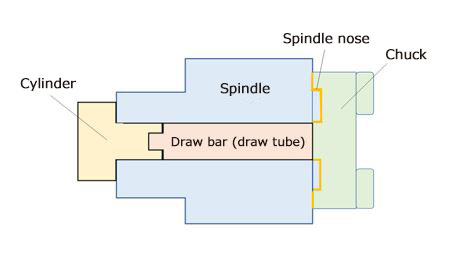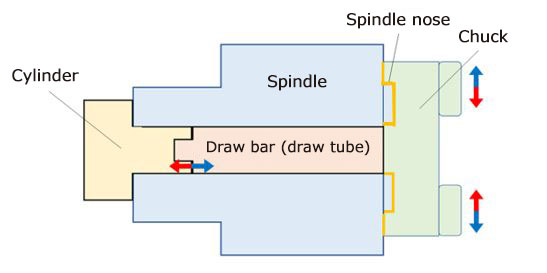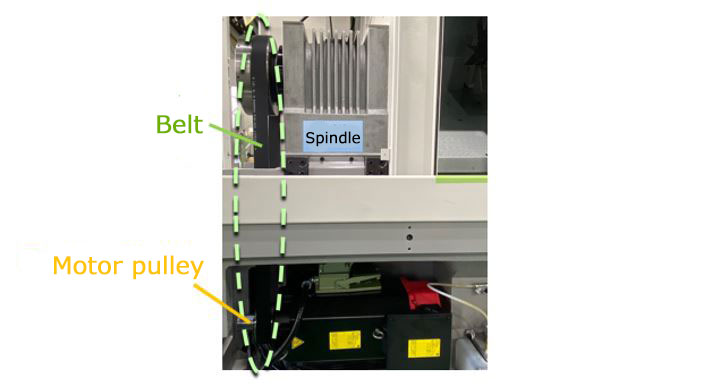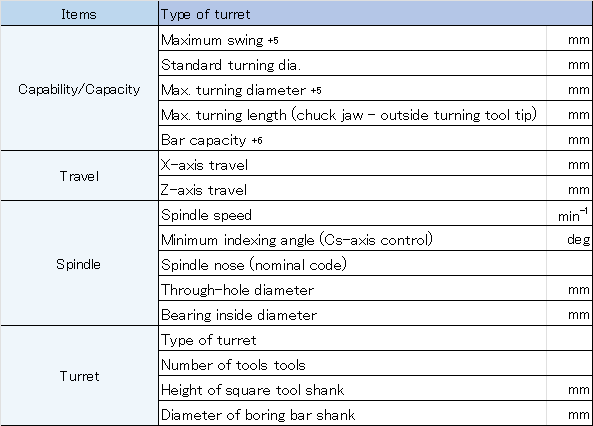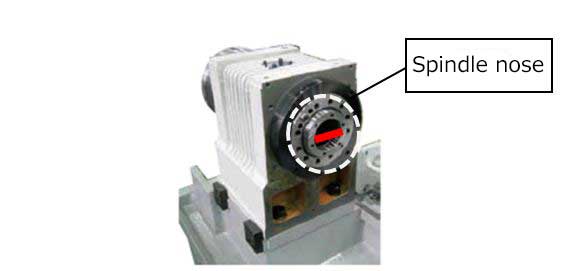The previous column explained the outline of a lathe using a machine configuration schematic view.
Today, as announced in the previous column, spindle will be deeply explained!
Also, as before, indicators will be explained using the TCN-2100 product catalog.
Click here to look back the previous column.
[For beginners] Self-study column by TAKISAWA staff: What is lathe?
Let’s review the previous column. Do you remember what a spindle is?
Spindle is “a shaft that rotates a workpiece attached to it”.
As it is an important component directly linked to machining accuracy, it must rotate quietly and smoothly as its basic characteristics.

